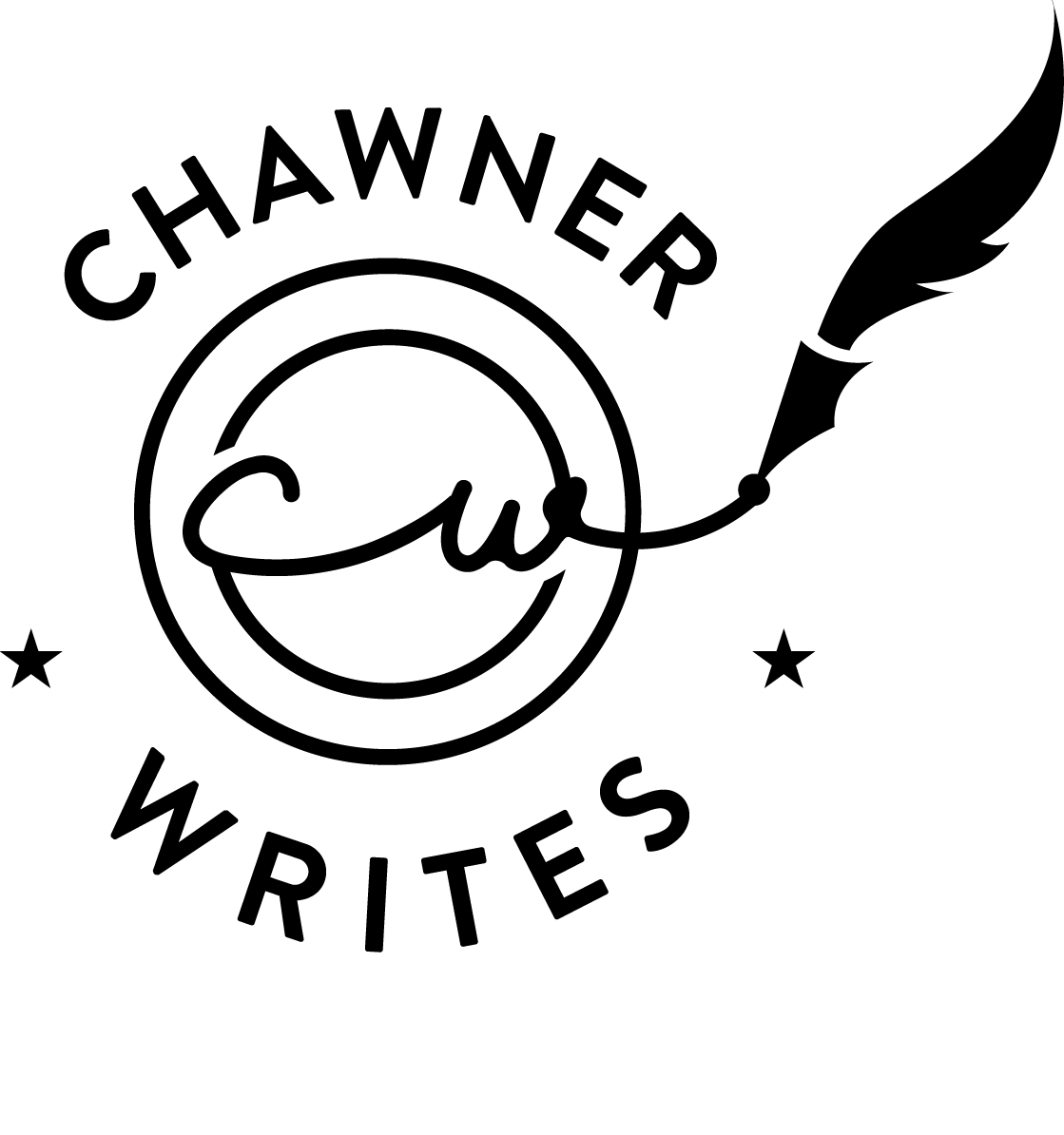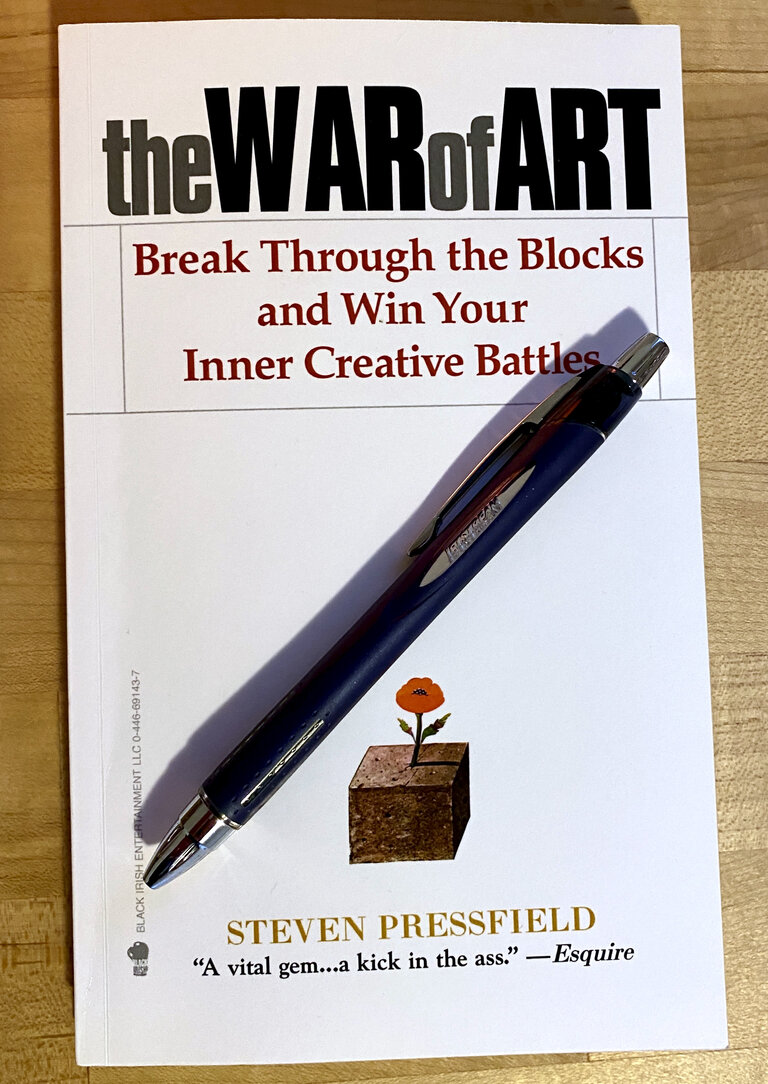
I first read The Stranger over ten years ago, due to its inclusion on a “must-read classics” list. On first read, I found the book approachable but the plot didn’t stick with me. The ending, the style or the main themes didn’t’ stick with me.
Recently, The Stranger was mentioned on a podcast. The guest spoke at length about Camus’s prose, especially how his sentences land with precision. I decided to try the book again, but with my familiar hesitation with “literary” classics. Would I pick up the finer themes this time, or would I just scan the surface for the plot without understanding what matters? Without my junior year English teacher to guide me through, would I fully appreciate the work?
So I brought in my own guide: AI, to provide critical context before I got started. I asked for why Camus’s novel matters, what themes I should notice, and what makes his style so admired.
Here’s a selection of what my virtual English teacher offered:
Why Critics Find Camus’s Writing So Powerful
- Radical Simplicity as Art –Critics call Camus’s style “lucid minimalism.” The sentences are often short and direct, stripped of decoration. “Mother died today. Or maybe yesterday; I can’t be sure.” This first line is famous for its blunt honesty, almost to the point of discomfort. Camus aims for clarity without making things easy or comforting. The plain style is part of the story, and every sensory detail counts: the sun, the heat, the light. All are written plainly, but these simple details manage to feel oppressive and sacred at the same time. Thinkers like Sartre and Barthes admired how Camus left behind the flowery 19th-century style and created a new language for alienation.
- The Music of the Ordinary
- The Sun as Symbol and Structure
- Honesty as Aesthetic and Moral Force
- The Elegance of Restraint
• Read a paragraph out loud; Camus’s rhythm appears when spoken.
• Highlight every sensory reference—sun, sky, sound, temperature—and consider how those moments underline the story’s tension.
• Watch for contradictions. Where does beauty cross with brutality? That is where Camus’s clarity and cruelty meet.
• Revisit the ending when you finish. Many say the final pages are among the quiet peaks of 20th-century writing—a kind of acceptance that feels both terrifying and oddly peaceful.
Each heading above came with more detail, but this provides a good example. This framework, this grounding made a noticeable difference. I was able to see how much Camus leaves unsaid, lets meaning live in the spaces between his descriptions. With Camus, style isn’t just an ornament—it’s the story itself.
I wish I recorded my thoughts on my first read. I suspect the real impact of The Stranger goes unseen the first time, hidden in what Camus describes and what he leaves out. The real focus is Meursault’s (the POV character) reaction to everything, not the big events themselves.
I didn’t stop there. I asked my AI teacher for tips on actually enjoying Camus’s lyricism: read aloud, notice the pauses, pay attention to how short sentences string together. The cadence inside each paragraph matches the hum of daily life, while Camus varies the pace to highlight the absurd.
The plot keeps things moving, and there is suspense, but the main character’s uncertainty isn’t the main event. What matters is how Meursault responds, with none of the backstory that crowd modern fiction. Camus’s realism is refreshing. Sometimes, terrible things happen and there is no elaborate explanation.
Gathering context from AI and then cycling through a conversation about themes, symbolism, and what makes the novel endure changes the experience. It fills a gap I felt reading novels since I was seventeen, and I plan to use it for every classic from now on.




